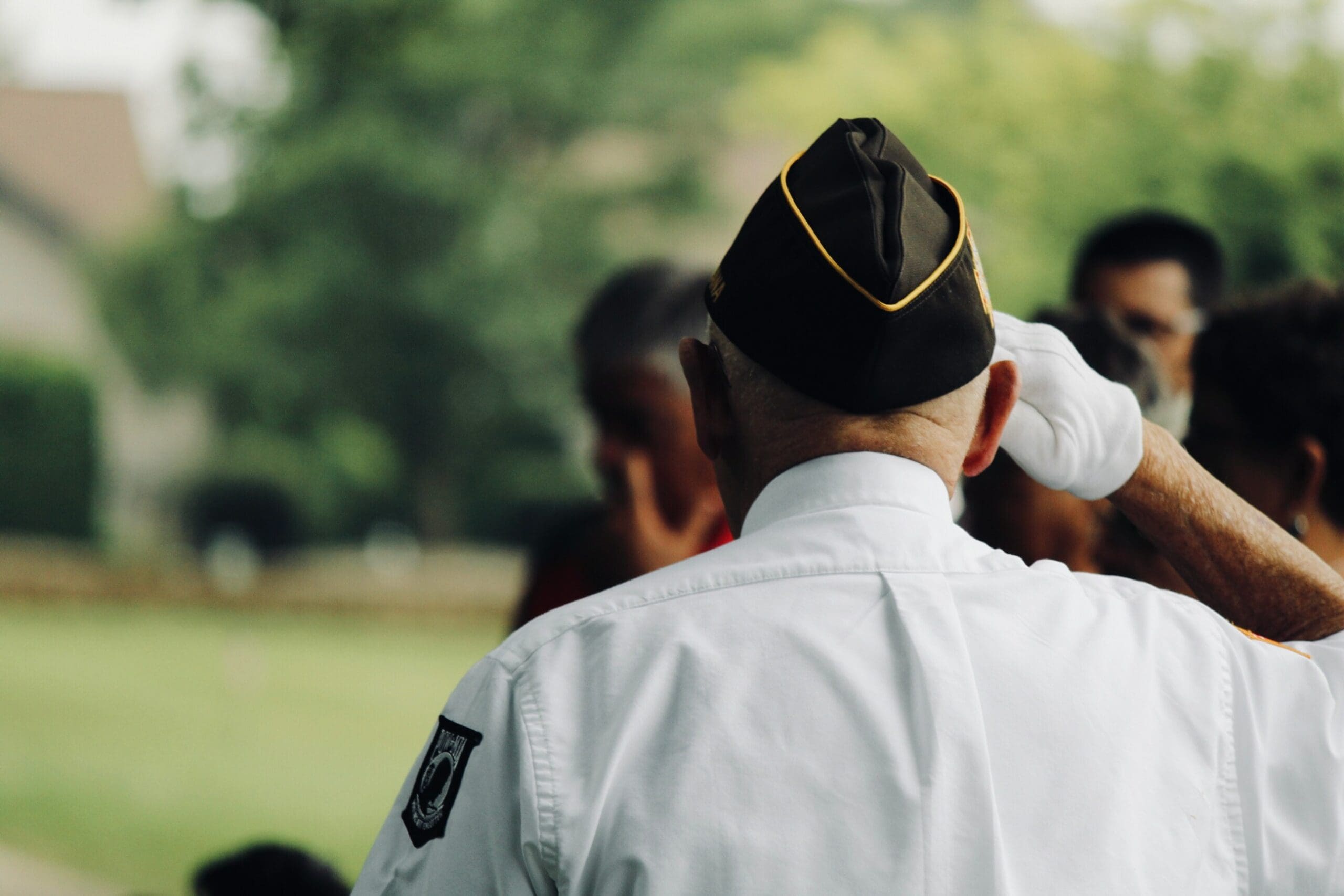Veterans of all ages have unique needs but our current social support systems aren’t sufficient for Veterans with disabilities. UBI can make a real difference.
By: Max Ghenis and Nate Golden
Today we honor over 19 million Americans who have served in the military, of whom one in 13 is in poverty. This is a third lower than the poverty rate among non-Veterans, thanks to higher incomes and Veteran benefits, but still amounts to over 1.4 million people who lack resources to cover basic needs. Universal basic income would help.
Existing assistance programs cut Veteran poverty substantially. Two million Veterans receive refundable tax credits—the Earned Income Tax Credit and the refundable portion of the Child Tax Credit—and 1.3 million receive SNAP (formerly food stamps). Certain veteran households are also eligible to receive up to $36,387 per year through the Veterans Pension program, depending on their household size, income, net worth, age, service period, and disability status. Veterans with disabilities related to their active-duty service can also receive up to $44,208 per year, depending on their household size and severity of their disability through the Veterans Disability Compensation program. The Veterans Benefit Administration provides a number of other benefits around health, education, and other areas, especially for elderly Veterans.
Yet these programs fail to reach all Veterans in need.
As the Department of Veterans Affairs found in 2012, veterans with disabilities have a higher official poverty rate than non-veterans with disabilities for all age groups except over age 65, and half of Veterans don’t use VA programs.
20 percent of Veterans have a service-connected disability, and as we wrote in July, one in five people with disabilities is in poverty—nearly double the rate of people without disabilities. In that analysis, we also showed that a $300-per-month universal basic income (UBI) would halve poverty among people with disabilities. What would UBI do for all Veterans?
In this analysis, we modeled a UBI funded by a flat tax on adjusted gross income (AGI). In this model, every $100 monthly UBI requires a 3.3 percent tax on AGI. To fund a $300-per-month UBI, the federal government would have to levy a 9.8 percent tax.
But like we found in the disability analysis, this would also reduce Veteran poverty by half. Poverty among children in Veteran households would be cut by 60 percent.
Studies suggest that reducing Veteran poverty could address issues disproportionately experienced by Veterans. Over 37,000 Veterans experience homelessness on a given night, and a recent experiment in Canada found that cash transfers accelerated transitions out of homelessness. Veterans have a higher rate of mental illness, especially depression, PTSD, and substance abuse disorder, while Finland’s UBI experiment improved mental health. Controlling for age and sex, the Veteran suicide rate exceeds the non-Veteran suicide rate by 50 percent, and a review of cash transfer programs in low- and middle-income countries found significant suicide reductions.
The unique Veteran experience warrants investment in tailored solutions, such as the health and education programs offered by the VA. Cash transfers like universal basic income can also reduce their incidence of poverty and empower them to meet their individual needs. Even modest basic incomes such as a tax-funded $300 per month would halve Veteran poverty and more than halve poverty among children of Veterans, improving poverty-linked outcomes for those who have served.
____________________________________________
See original article for interactive tools: https://blog.ubicenter.org/20201111/veterans.html





















